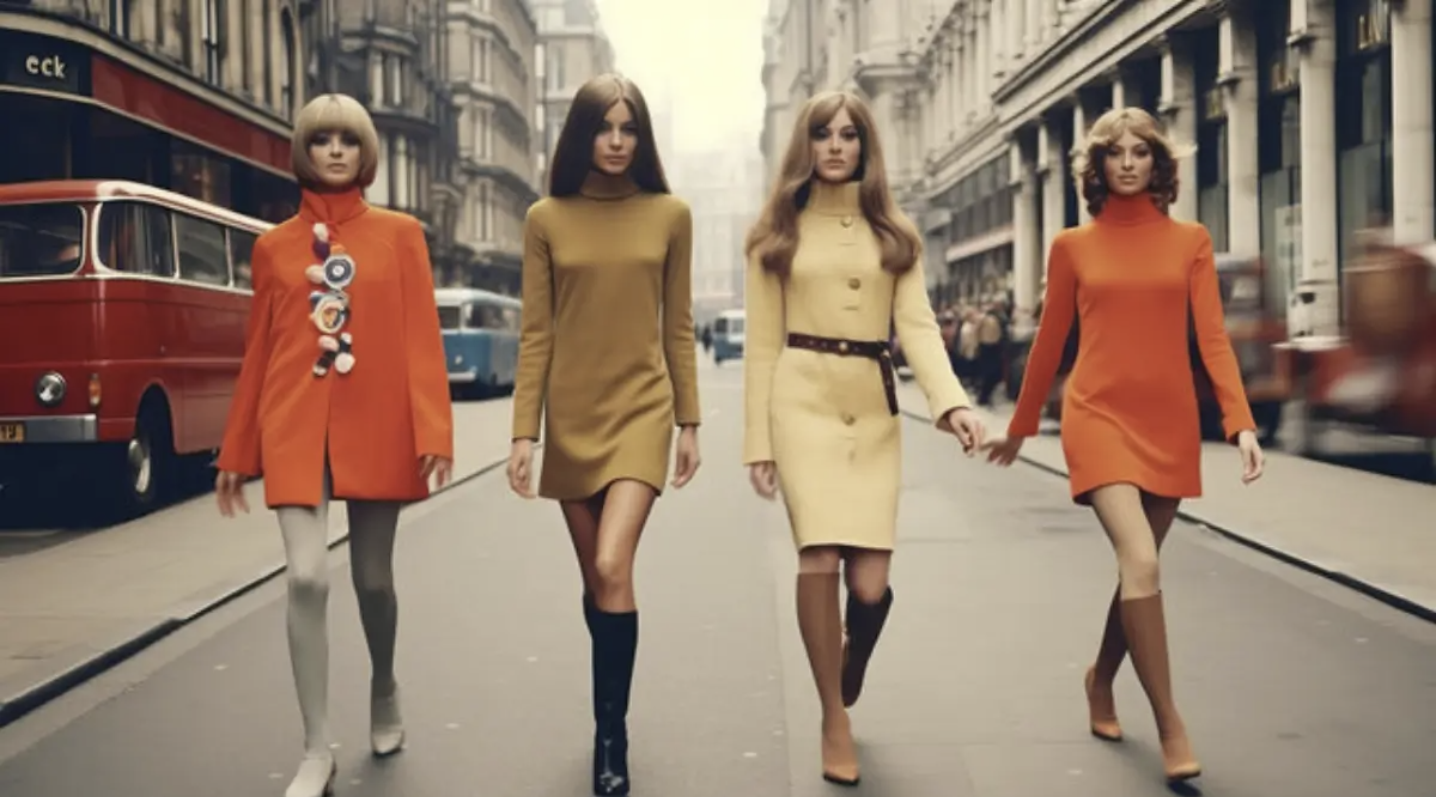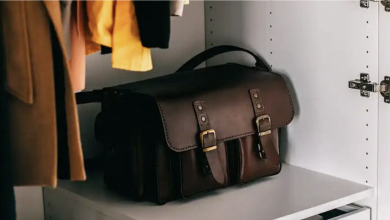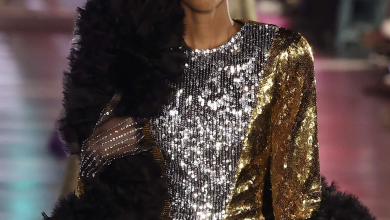The influence of vintage clothing on contemporary fashion trends is significant.

Vintage clothing significantly shapes contemporary fashion with its unique aesthetic and nostalgic allure. This article delves into how past styles are reimagined for today’s market, highlighting the environmental benefits of choosing vintage over new, emphasizing sustainability in fashion. Amidst the mass production of fast fashion, vintage pieces offer individuality, quality, and ethical consumption, fostering a mindful fashion community.
Understanding the appeal of vintage and retro styles begins with recognizing their historical significance and nostalgic charm. Influencers and celebrities have mainstreamed vintage-inspired fashion, influencing all sectors of the industry. The resurgence of vintage styles in bridal wear and menswear underscores their timeless appeal, while their incorporation into sustainable brands signals a shift towards responsible consumption. These developments demonstrate the widespread embrace of vintage aesthetics, contributing to a sense of belonging among fashion enthusiasts.
The industry’s fascination with decade-specific trends often circles back to nostalgic elements, showing the timeless allure of past fashion eras. The influence of vintage on modern designers is evident in street styles and pop culture, with a notable revival of ’90s fashion and vintage silhouettes. Vintage fashion icons continue to inspire, making it a form of self-expression for many. Thus, vintage clothing transcends aesthetics, shaping fashion narratives.
On the runway, vintage has a palpable cultural impact, serving as inspiration for contemporary designers. This influence extends to street style, music videos, movies, and editorial spreads, with high-end campaigns and celebrity red carpet looks often incorporating vintage elements. Fashion exhibitions and costume designs also use vintage to evoke specific periods, underscoring its ongoing relevance.
Modern designers play a crucial role by reinterpreting iconic vintage pieces, injecting nostalgia into fashion. These reinterpretations update classic styles for the modern age, leading to a resurgence of reimagined vintage silhouettes. This trend shows a growing affinity for the past, elevating contemporary aesthetics and proving the past’s role in inspiring creativity.
As part of the sustainable fashion movement, vintage clothing reduces the environmental impact of fast fashion. It encourages ethical consumerism and supports a circular economy by reducing textile waste and carbon emissions. The environmental benefits of vintage fashion highlight its role in promoting sustainability.
The distinction between retro and vintage is vital for understanding their influence on contemporary trends. Vintage refers to original pieces from past decades, while retro, often synonymous with ‘vintage-inspired,’ replicates these styles, invoking historical glamour. Understanding this difference is crucial for appreciating their impact on modern collections.
Popular vintage styles, like ’70s wide-legged trousers and ’90s grunge streetwear, continue to influence contemporary fashion. Vintage accessories and lingerie also remain popular, with a resurgence of ’80s power dressing and vintage sportswear. Wedding dresses and menswear also reflect past styles, with lace details and classic tailoring.
Frequently asked questions include the process of authenticating vintage clothing, barriers to purchasing, changes brought by online marketplaces, pricing compared to fast fashion, and emerging trends expected to shape the future of fashion.
In conclusion, vintage clothing significantly impacts contemporary fashion, offering timeless appeal, inspiring modern designs, and providing a sustainable alternative to fast fashion. The reinterpretation of vintage styles fosters individuality and authenticity, reflecting a broader shift towards conscious consumption. Thus, vintage fashion influences style trends and plays a crucial role in promoting sustainability in the fashion industry.



